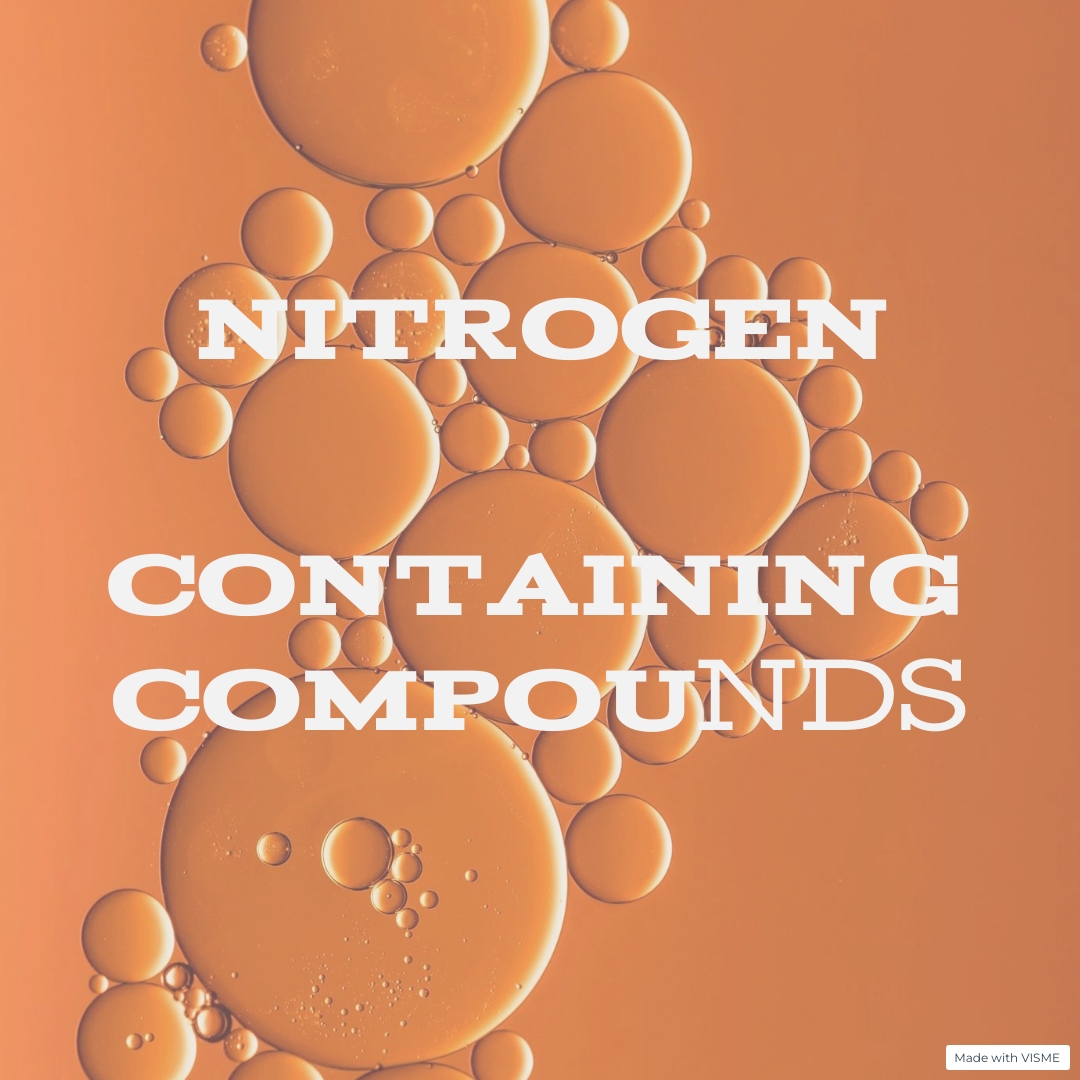The Gabriel synthesis is a method for preparing primary amines from alkyl halides. It is a widely used and versatile method in organic synthesis. The reaction involves the reaction of an alkyl halide with phthalimide to form an N-alkylphthalimide, followed by hydrolysis of this intermediate under basic conditions to yield the corresponding primary amine.
The Gabriel synthesis proceeds through two main steps: the formation of the N-alkylphthalimide intermediate and its subsequent hydrolysis to yield the primary amine. Here’s a detailed mechanism for each step:
- Formation of N-Alkylphthalimide:
- Step 1: Nucleophilic Attack: The reaction begins with the nucleophilic attack of the nitrogen atom of phthalimide on the electrophilic carbon atom of the alkyl halide (R-X). This attack results in the formation of an N-alkylphthalimide intermediate and the expulsion of the halide ion (X⁻).
Phthalimide+R-X→R-NH-Phthalimide+X−
- Hydrolysis:
- Step 2: Deprotonation: The N-alkylphthalimide intermediate is hydrolyzed under basic conditions, typically with a strong base like aqueous potassium hydroxide (KOH). The base abstracts a proton from the nitrogen atom of the phthalimide group, generating an alkoxide ion (RO⁻) and releasing a molecule of water.
R-NH-Phthalimide+Base→R-NH-Phthalimide−+H2O
- Step 3: Nucleophilic Attack: The alkoxide ion acts as a nucleophile and attacks the carbonyl carbon atom of the phthalimide group, leading to the formation of a tetrahedral intermediate.
- Step 4: Proton Transfer: A proton transfer occurs from the nitrogen atom to the oxygen atom, resulting in the formation of a negatively charged oxygen atom (an alkoxide ion) and a positively charged nitrogen atom.
- Step 5: Elimination of Phthalimide: The tetrahedral intermediate collapses, leading to the elimination of phthalimide (Phth) as a leaving group. This process regenerates the nitrogen of the phthalimide ring.
R-NH-Phthalimide−→R-NH2+Phth−
- Step 6: Protonation: The resulting N-alkylphthalimide anion is protonated by water or by the conjugate acid of the base used, yielding the primary amine product.
R-NH2+H3O+→R-NH3++H2O
Overall, the Gabriel synthesis involves the nucleophilic substitution of the alkyl halide by phthalimide to form the N-alkylphthalimide intermediate, followed by the hydrolysis of this intermediate to yield the primary amine.

The Gabriel synthesis, also known as the Gabriel amine synthesis, has several important applications in organic synthesis due to its ability to prepare primary amines from alkyl halides. Some notable applications include:
- Preparation of Primary Amines: The Gabriel synthesis is widely used for the direct synthesis of primary amines from alkyl halides. Primary amines are essential building blocks in organic synthesis and are used in the preparation of various compounds including pharmaceuticals, agrochemicals, and materials.
- Synthesis of Pharmaceutical Intermediates: Primary amines synthesized via the Gabriel synthesis are valuable intermediates in the synthesis of pharmaceutical compounds. Many pharmaceuticals contain primary amine functionalities, and the Gabriel synthesis provides a straightforward method for introducing these functional groups into target molecules.
- Modification of Natural Products: The Gabriel synthesis can be used to modify natural products by introducing primary amine functionalities at specific positions. This modification can alter the biological activity or pharmacological properties of natural products, making them potentially more effective as therapeutic agents or research tools.
- Preparation of Chiral Amines: The Gabriel synthesis can be used to prepare chiral primary amines by using chiral alkyl halides or resolving racemic mixtures of N-alkylphthalimides. Chiral primary amines are important building blocks in asymmetric synthesis and are used in the preparation of chiral ligands, catalysts, and pharmaceutical intermediates.
- Functional Group Interconversion: The Gabriel synthesis provides a method for interconverting functional groups, particularly halides to amines. This can be useful in organic synthesis for transforming one functional group into another with specific synthetic goals in mind.
- Combinatorial Chemistry: The Gabriel synthesis can be applied in combinatorial chemistry for the rapid synthesis of diverse libraries of primary amine-containing compounds. These compound libraries can be screened for biological activity in drug discovery and lead optimization processes.
Overall, the Gabriel synthesis is a valuable tool in organic synthesis, offering a practical and versatile method for the preparation of primary amines with a wide range of applications in pharmaceuticals, chemical research, and materials science.















